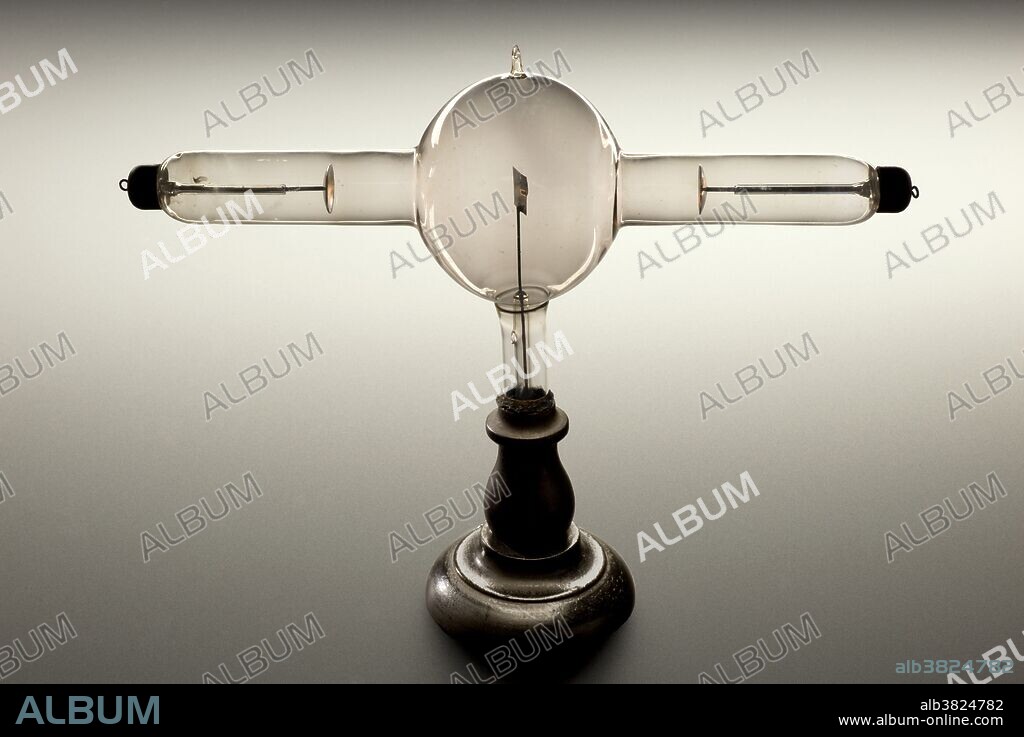alb3824782
Double Focus X-ray Tube, 1896

|
Ajouter à une autre Lightbox |
|
Ajouter à une autre Lightbox |



Avez-vous déjà un compte? S'identifier
Vous n'avez pas de compte ? S'inscrire
Acheter cette image

Titre:
Double Focus X-ray Tube, 1896
Légende:
Voir la traduction automatique
Double focus x-ray tube, Europe, 1896. This tube worked by using an alternating current, which accelerates electrons towards an aluminium plate. This produced x-rays at both ends of the tube. Wilhelm Roentgen, a German physician, took the first x-ray in 1896 of his wife's left hand. Dense areas of bone show up as white whilst soft tissue allow the x-ray to pass through undeterred. Very quickly x-rays proved their usefulness as a diagnostic and therapeutic tool in medicine. Within six months of Roentgen's announcement, x-rays were being used by battlefield physicians to locate bullets in wounded soldiers. X-rays allowed physicians their first look inside the body without resorting to surgery.
Crédit:
Album / Science Source / Wellcome Images
Autorisations:
Modèle: Non - Propriété: Non
Questions sur les droits?
Questions sur les droits?
Taille de l'image:
4224 x 2823 px | 34.1 MB
Taille d'impression:
35.8 x 23.9 cm | 14.1 x 9.4 in (300 dpi)
 Pinterest
Pinterest Twitter
Twitter Facebook
Facebook Copier le lien
Copier le lien Email
Email
